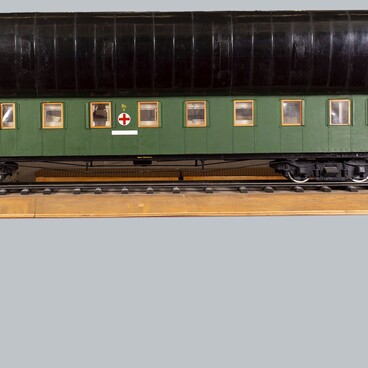Nazi scientists used the prisoners in concentration camps as their test subjects. There are numerous records of human experimentation. German scientists and physicians tried to justify most of their immoral research practices. Some of them were aimed at aiding in the recovery of German military personnel, while others served to advance Nazi racial ideology.
Many Nazi theoreticians and applied researchers were engaged in “solving the racial problem” as seen by the Nazi regime. The cruelest “solutions” were attempted in concentration camps. The Nazi government organized mass extermination of people it deemed inferior. The mass killings were documented as deportation or evacuation. The most widespread product used for extermination in concentration camps was the Cyclone B gas.
After a series of human experiments, the gas was first used at the Auschwitz concentration camp in September 1941. However, instead of simply killing the inmates in gas chambers, the Nazis first exploited them and conducted experiments to determine the most effective means of mass sterilization. They used such methods as surgical and chemical castration, X-rays, and acid injections into the birth canal.
The search for the most effective method of extermination continued until the end of the Nazi regime. Children were not spared from the experiments either. Josef Mengele, also known as the Angel of Death, took great care in selecting children for his experiments. He was particularly interested in identical twins.
Some of the research conducted by Mengele and his colleagues involved studying the eyes, particularly, the iris. Experiments included attempts to change eye color by instilling acid-containing drops into the eyes, performing surgery, transplanting irises from one prisoner to another, and injecting chemicals into the eyes of living subjects. No method of changing the color of the human eye was found.
The ophthalmic kit from the museum collection contains 21 items, including the case. Similar kits were used by German military doctors for performing almost any basic surgical procedures that could be required in war conditions.
Many Nazi theoreticians and applied researchers were engaged in “solving the racial problem” as seen by the Nazi regime. The cruelest “solutions” were attempted in concentration camps. The Nazi government organized mass extermination of people it deemed inferior. The mass killings were documented as deportation or evacuation. The most widespread product used for extermination in concentration camps was the Cyclone B gas.
After a series of human experiments, the gas was first used at the Auschwitz concentration camp in September 1941. However, instead of simply killing the inmates in gas chambers, the Nazis first exploited them and conducted experiments to determine the most effective means of mass sterilization. They used such methods as surgical and chemical castration, X-rays, and acid injections into the birth canal.
The search for the most effective method of extermination continued until the end of the Nazi regime. Children were not spared from the experiments either. Josef Mengele, also known as the Angel of Death, took great care in selecting children for his experiments. He was particularly interested in identical twins.
Some of the research conducted by Mengele and his colleagues involved studying the eyes, particularly, the iris. Experiments included attempts to change eye color by instilling acid-containing drops into the eyes, performing surgery, transplanting irises from one prisoner to another, and injecting chemicals into the eyes of living subjects. No method of changing the color of the human eye was found.
The ophthalmic kit from the museum collection contains 21 items, including the case. Similar kits were used by German military doctors for performing almost any basic surgical procedures that could be required in war conditions.


